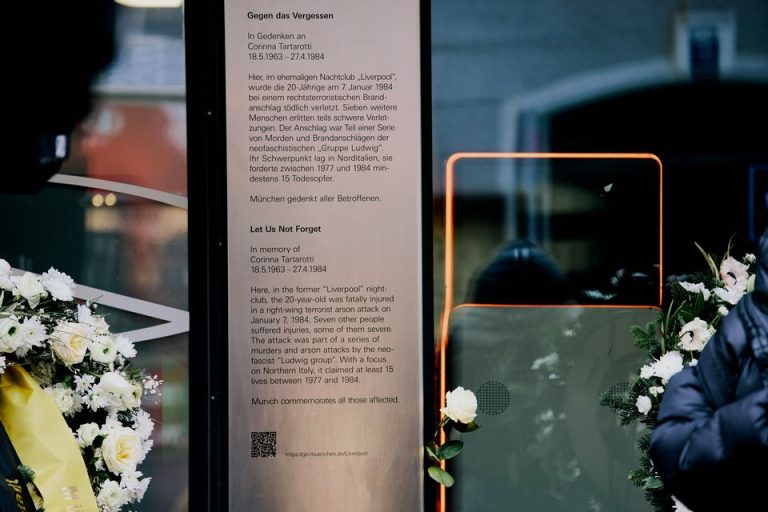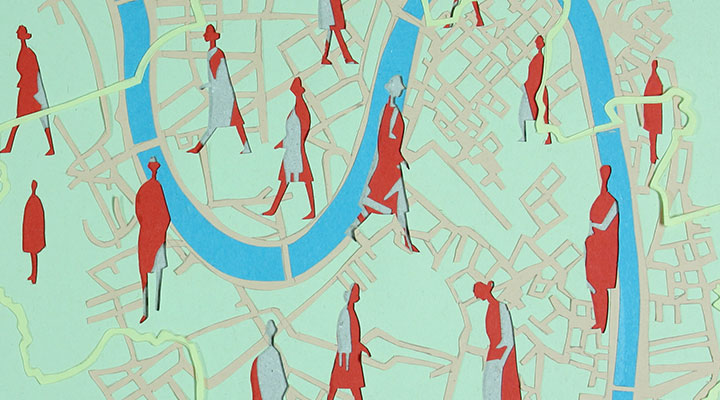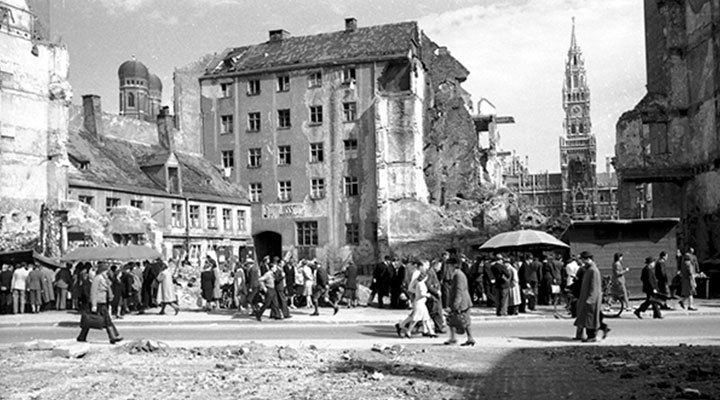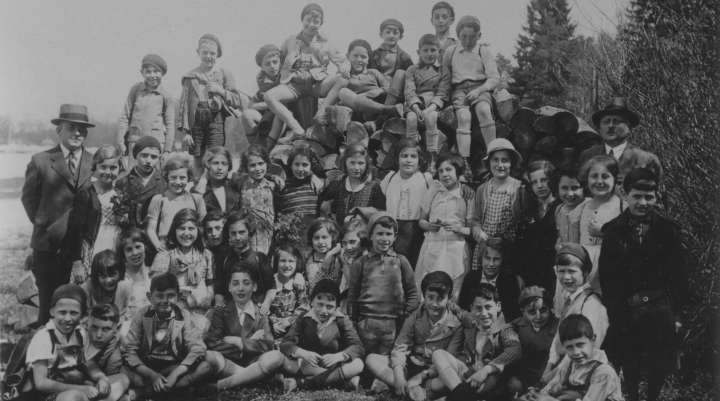Right-wing terrorist arson attack on the Liverpool Nightclub
On January 7, 1984, the neo-Nazi “Ludwig group” carried out a devastating arson attack on the Liverpool nightclub at Schillerstraße 11a in Munich’s central station district. The two perpetrators threw gasoline canisters into the entrance area and set the liquid on fire. The flames spread rapidly, injuring numerous people. Corinna Tartarotti, a 20-year-old working part-time in the cloakroom, suffered severe burns and died three months later, on April 27. Her grave is located in the Sendling cemetery.

The perpetrators and their ideology
The two perpetrators, young men from Verona with German and Italian citizenship respectively, belonged to the “Ludwig group”. The neo-Nazi group murdered at least 15 people between 1977 and 1984, motivated by hate against supposed “marginalized groups”. Their victims were mainly homosexuals, sex workers, homeless people, Sinti and Roma as well as people with disabilities. The letter of confession sent out by the perpetrators after the Munich attack revealed their inhuman ideology: they saw themselves as National Socialists who wanted to fight modern “decadence” with “iron and fire”. Much about the “Ludwig Group” and its victims is still unknown today. Together with survivors and experts, Public History München is doing research on the Munich attack. The project kicked off with an interdisciplinary program of events to mark the 40th anniversary of the Munich attack.
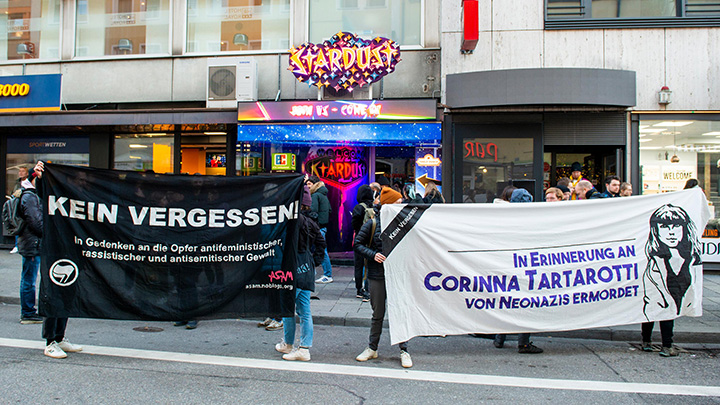
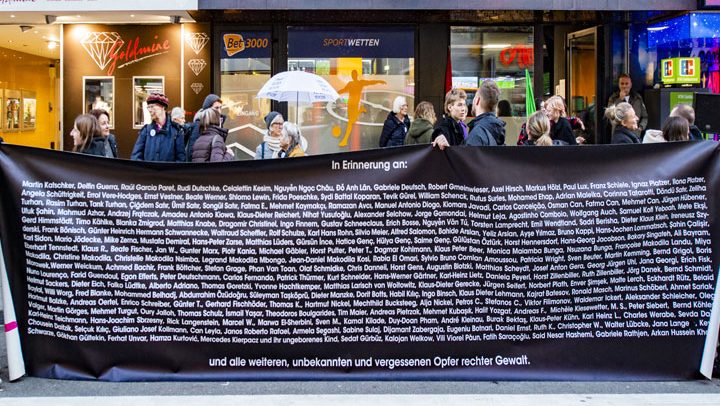
A Forgotten Crime
The attack quickly disappeared from the collective memory of Munich. Several factors contributed to this erasure, as highlighted by the 2024 commemorative events: The nationwide suppression of neo-Nazi violence in the 1980s and the lack of solidarity in society as a whole with the victims, who came from stigmatized and marginalized milieus, played a significant role. This also led to feelings of shame among relatives and survivors. In addition, the investigations were promptly handed over to Italy. There were no court proceedings in Munich and therefore no extensive reporting on the background to the crime.
It was not until 40 years later that the crime was brought back into public awareness. On the anniversary in 2024, the city apologized for decades of forgetting. Political representatives, including Munich’s Second Mayor Dominik Krause and State Commissioner for Culture and Media Claudia Roth, remembered the victims and took a stand against society’s repression of right-wing violence. During the commemoration, Corinna Tartarotti’s family emphasized the importance to give the victims back their dignity and to set an example against right-wing violence.
Civic Commemoration
Although the perpetrators were sentenced in Italy to long prison terms in 1987, the crime was nearly forgotten in Munich. Important initiatives, such as the “Antisexistische Aktion München” and the Aida Archive, brought back the memory: they researched the attack, located Corinna Tartarotti’s grave in Sendling Cemetery, secured its existence through donations and organized the first public commemoration at Schillerstraße.
The City of Munich has been involved in the day of remembrance since 2023 and, in collaboration with family members and activists, planned a permanent form of remembrance at Schillerstraße 11a. However, the realization of an artistic mural on the facade of the historic site failed due to the building owner’s ultimate refusal to agree. In 2025, the City of Munich installed a stele in remembrance of Corinna Tartarotti and all those affected. It also informs about the deeds of the right-wing terrorist “Ludwig group”. The Munich Department of Arts and Culture continues to look for contemporary witnesses.
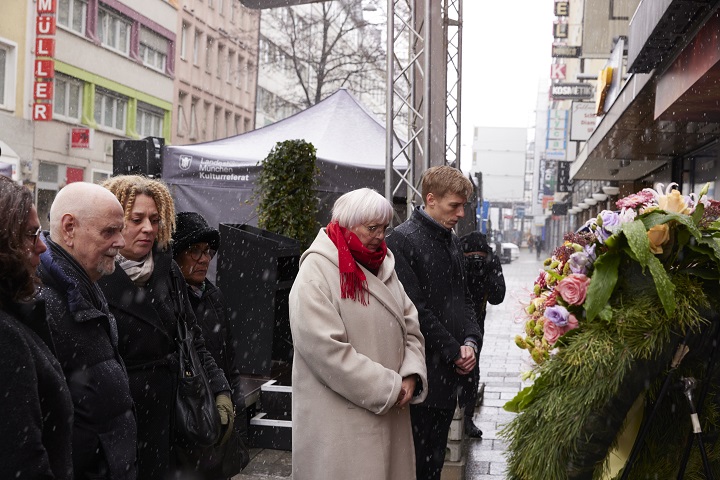
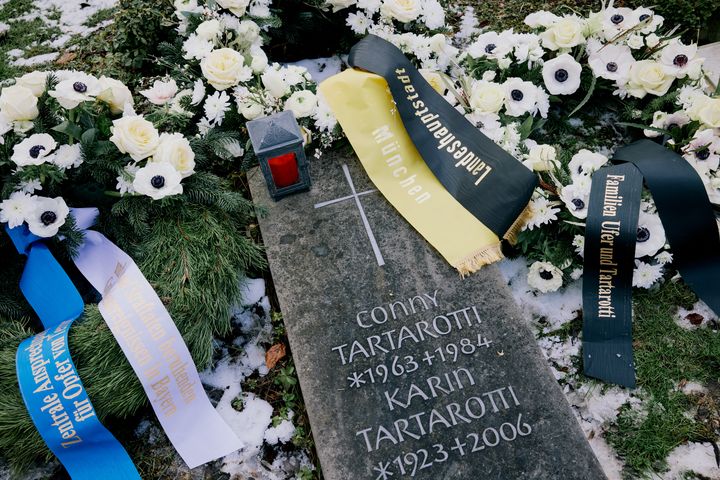
A call against right-wing violence
The story of the arson attack on the “Liverpool” nightclub reminds us to resolutely oppose right-wing violence and not to forget the victims. State Commissioner for Culture and Media Claudia Roth warned on the 40th anniversary in 2024: “Words are followed by actions.” Active remembrance is one step in preventing such acts from happening again. The City of Munich took over Corinna Tartarotti’s gravesite as a memorial grave at the end of 2024. This decision underlines the importance of commemorating the victims of right-wing violence and is as a sign of solidarity with those affected.

